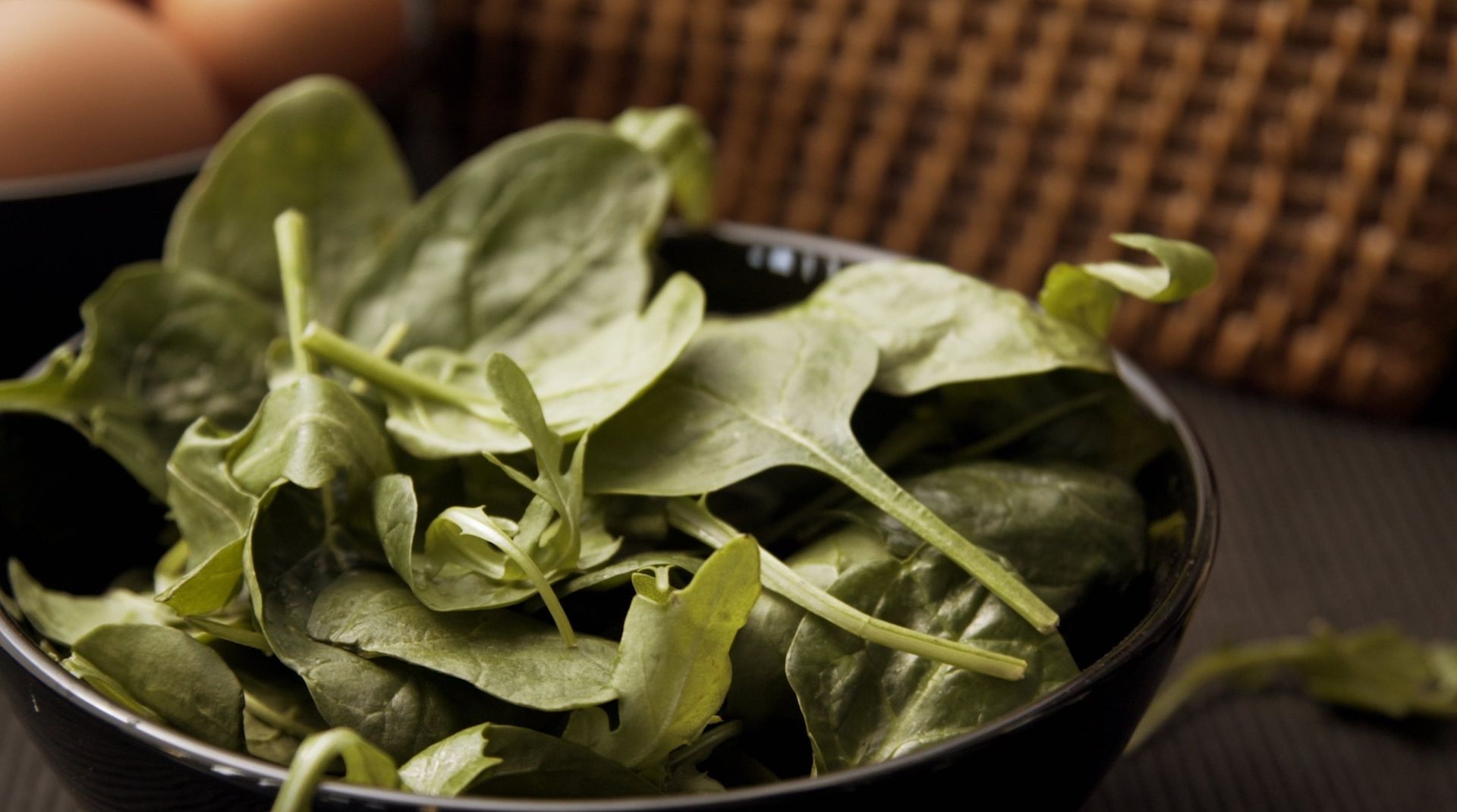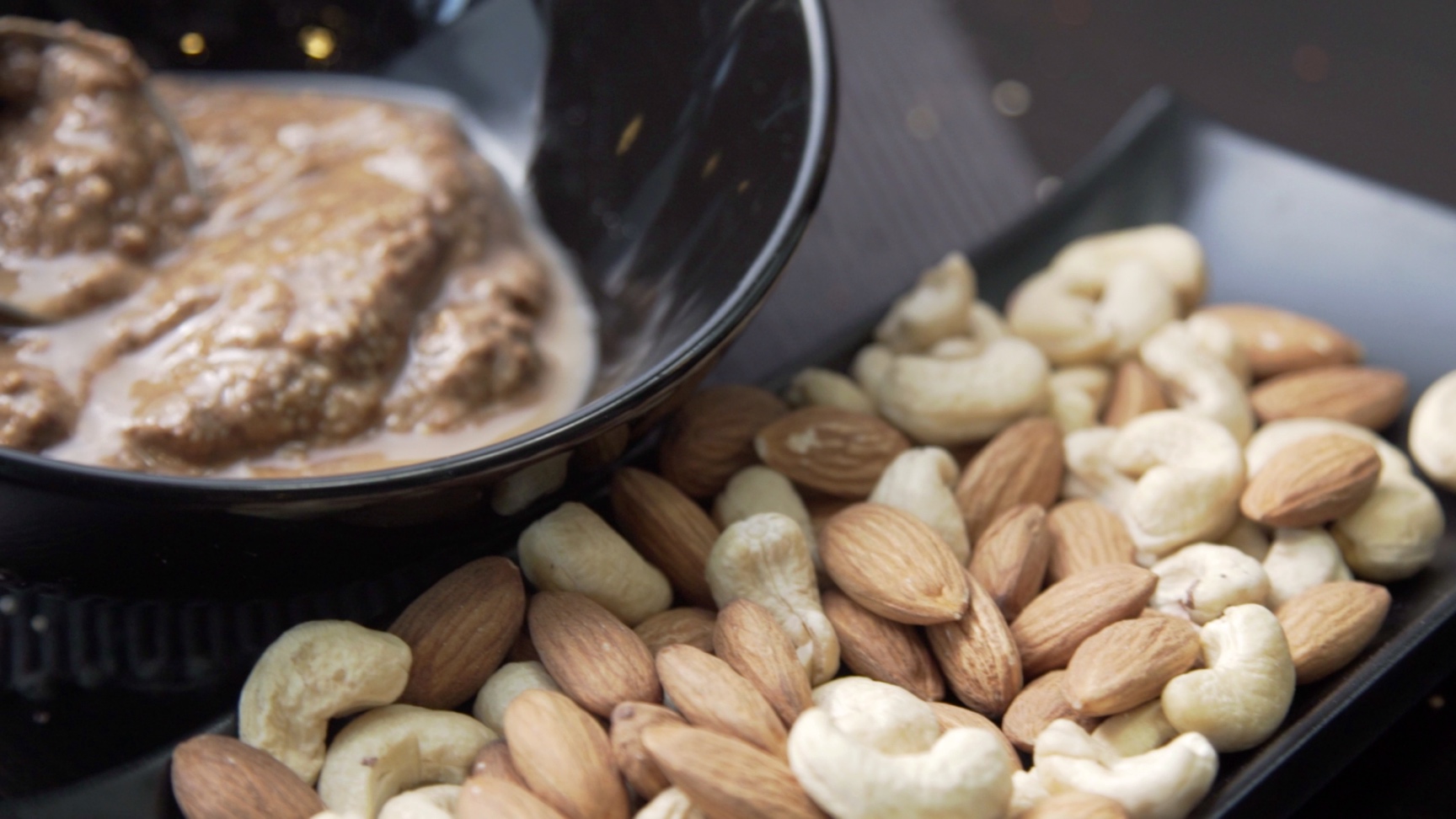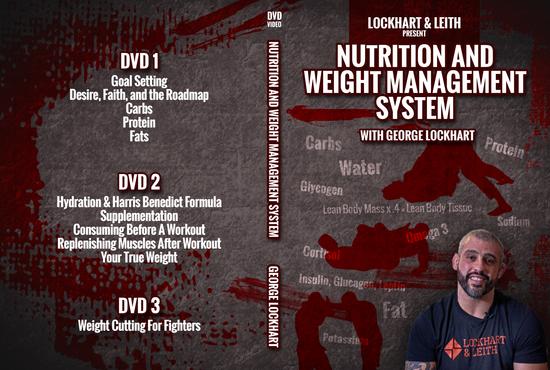Guest post by Evolve MMA, Asia’s premier championship brand for martial arts. It has the most number of World Champions on the planet. Named as the #1 ranked martial arts organization in Asia by CNN, Yahoo! Sports, FOX Sports, Evolve MMA is the top rated Martial Arts gym in Singapore.
People talk about calories like it’s something bad, created only for the sole purpose of making us fat. But that, of course, is very far from the truth. The truth is, calories are the fuel that power our bodies. We need to eat to keep our bodies function.
The body consumes calories for energy, either for immediate use, or for building up energy stores as a backup, which is why it takes every spare calorie it can grab. Unfortunately, most of the human population have tried to “game the system” for ages, giving rise to many fad diets promising to help us lose weight and minimize the formation of body fat.
While there is a wide variety of different kinds of diets, some created with specific goals in mind, others just general concepts, all diets generally boil down to a single principle — to reduce the number of bioavailable calories and force the body to rely on burning its energy stores, a.k.a. fat. By consuming fewer calories than your energy expenditure, you will no doubt lose weight.
Essentially, weight management all boils down to creating a caloric deficit by monitoring your caloric intake, against the calories you burn throughout the day. However, keep in mind that this doesn’t mean all calories are equal. What we put in our bodies is very important.
The key to success in any weight loss program is a solid understanding of what calorie counting is and how to do it properly. Don’t know how much food you need to put in your body to lose weight? We’ve got you covered. Let’s figure out your magic number in calories.
Today, Evolve Daily walks you through identifying how much food you should actually eat.
1) Know your Basal Metabolic Rate (BMR)
As the name suggests, your BMR is the rate at which your body metabolizes calories to provide the energy you need in order to sustain the basic bodily functions that keep you alive. It is relatively constant, though there are factors that affect your BMR. Age, height, weight, body composition, and biological makeup all have significant effects on your BMR.
Generally, increasing your lean muscle mass raises your total BMR. This is because muscles serve as the engines that the calories feed. The more engines you have, the more calories you burn, even at rest. That makes it advisable to incorporate some sort of strength training into your workout routine.
Whether you’re trying to lose weight, maintain your current weight, or gain weight, knowing your BMR is vital in setting your dietary goals. It allows you to set your caloric targets and identify the minimum or maximum values to achieve them.
There is a specific formula used to calculate BMR, which, unfortunately, is terribly complicated and convoluted. You can try to calculate it yourself if you want, but you can also skip the trouble of dealing with the numbers and use any free online BMR calculator you can find instead.
2) Estimate your additional caloric expenditure
Aside from the base energy expenditure of your body, there are many other ways to burn calories. Of course, any additional physical activity you do, such as cleaning the house or running errands, consumes energy. Even breathing consumes energy. Being exposed to the cold and regularly donating blood, for example, means your body has to generate heat and produce blood to cope with the changes.
But if it’s a trackable additional expenditure, then exercise is what you need to look at. The type and duration of the specific exercise play into how and how much it uses energy.
Low-impact cardio and steady-state exercises such as running or cycling burn a considerable amount of calories, but the afterburn is negligible. On the other hand, weight training utilizes only a modest amount of energy but keeps burning calories for hours after the workout. High-impact routines such as High-Intensity Interval Training (HIIT) or martial arts carry both benefits of significant caloric expenditure and extended afterburn.
While afterburn is challenging to estimate, you can easily find information on the calories burned during the actual workout. Remember, Google is your friend.
Every calorie you burn on top of your BMR should be counted. Tracking your calories also means tracking your physical activity. We know it’s a lot to take in, but it’s worth it.
3) Set your weight or body goals
Combining your BMR with your additional caloric expenditure will give you your Total Daily Energy Expenditure (TDEE). You now have a general figure of the net energy you expend in a day. The next step is identifying your weight loss goals. How much weight do you want to lose? What are your body targets? All of this should come into consideration.
Most people aim to lose weight, which means eating fewer calories than your total energy expenditure. If you’re on the other end of the spectrum and want to gain weight, you’ll have to eat more. Given that calorie counting leverages the basic concept of intake versus cost, it is a versatile practice that can generally apply to any weight-change plan.
Identify how much weight you want to lose or gain and the time window in which you want to achieve it. This plays a role in calculating what your daily caloric target should be.
4) Calculate your total daily caloric intake target
For both weight loss and weight gain, an increment of half up to a kilogram of weight change falls within the recommended range of a healthy rate. You might be tempted to go faster than that, but be prepared to meet the disapproval of your physician. It’s certainly doable, but generally considered an unhealthy practice.
A kilogram of body fat is worth 7,700 kcal. You have to eat an excess of 1,100 kcal worth of food per day to gain 1kg per week. To put a specific number to this goal, simply add 1,100 to your BMR and additional caloric expenditure. That number will be how much you need to consume in a day.
Conversely, you need a deficit of 7,700 kcal to lose 1kg per week. Subtract 1,100 from the sum of your BMR and additional caloric expenditure, and that will be how little you need to consume in a day to lose 1kg in a week.
Frankly speaking, if you’re looking to lose 1kg every week, then you need to eat 1,100 calories less than your normal intake each day. That, of course, depends on your TDEE. If your TDEE is already too low, then it’s not advisable. Instead, what’s more widely accepted is shaving off 500 calories per day.
5) Spend your caloric currency wisely
Last but not least, familiarize yourself with the number of calories you’re consuming in food.
You may be tempted to go the old-fashioned route and just eyeball things, assuming you know exactly how many calories there are in a cheeseburger, for example. But skip the guessing game and go online to verify the true numbers. This will help you stick to your daily caloric targets.
The internet is a very powerful place, and this information is readily available. You can easily Google how many calories there are in a cup of broccoli, for example, or a big, fat, juicy steak.
Finally, think of your “target TDEE” as currency. If you have a target TDEE of 1500 calories per day, which most average-sized people do, and that steak costs 800 calories, then you’ll be left with just 700 calories for the rest of your day. Spend your caloric currency wisely.
And make sure you track everything. EVERYTHING! That one potato chip is about 20 calories. Put it down.
If you are not sure where to start and how to eat well, check out our newest and best-selling diet product from George Lockhart. Lockhart is one of the UFC’s leading nutritionist and has helped some of the best professional athletes in the world lose weight and doing it in a healthy fashion. Lockhart is the real deal and this product can literally change your life. It is an E-Book and a DVD. This is also available as a digital download below.
The post How To Know How Much Food You Should Actually Eat as a Jiu-Jitsu Practitioner appeared first on Bjj Eastern Europe.





